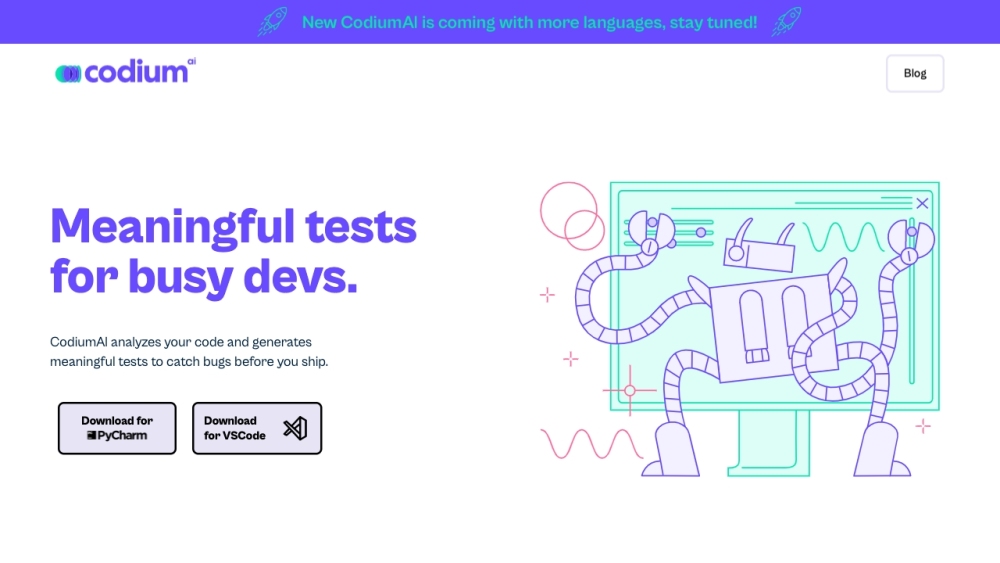Open-source large language models (LLMs) are transforming the cybersecurity landscape, driving innovation and enabling both startups and established vendors to expedite their time-to-market.
From generative AI applications to sophisticated security tools, these models are laying the groundwork for AI-based cybersecurity. Notable open-source LLMs gaining traction in this field include Meta’s LLaMA 2 and LLaMA 3.2, Technology Innovation Institute’s Falcon, and Stability AI’s StableLM, along with models hosted by Hugging Face like BigScience’s BLOOM. Their growing adoption is largely attributed to their cost-effectiveness, flexibility, and inherent transparency.
Cybersecurity software providers face increasing challenges in governance and licensing while scaling their platforms to keep pace with the rapid development of open-source LLMs. Designing architectures that can quickly adapt to the latest advancements presents a unique challenge.
Itamar Sher, CEO and co-founder of Seal Security, recently discussed the evolving role of open-source LLMs in their operations. He stated, “Open-source LLMs enable us to scale security patching for open-source components in ways that closed models cannot.” The ability to rapidly scale models is crucial for companies like Seal, which leverage open-source components for swift patch deployment. Sher emphasized that “open-source LLMs provide access to a community that continually enhances models, delivering intelligence and speed unattainable with proprietary systems.”
The Growing Importance of Open-Source LLMs in Cybersecurity
Historically, cybersecurity vendors have built proprietary applications to lock customers into specific solutions, particularly in threat detection and mitigation. However, there’s an increasing backlash against this strategy, fueling the rising popularity of open-source LLMs.
Gartner’s Hype Cycle for Open-Source Software 2024 highlights the ascendance of open-source LLMs, positioning them at the peak of inflated expectations. This suggests a surge in interest and adoption among cybersecurity vendors and enterprises alike.
According to the Hype Cycle, the maturity of open-source LLMs is still on the rise, with market penetration between 5% and 20%. Experts predict this technology will reach its plateau within two to five years, reinforcing its rapid growth and potential dominance in cybersecurity. More startups are harnessing the customization and scalability of open-source LLMs to fine-tune models for specific needs, including enhancing real-time threat detection and improving vulnerability management.
Sher stated, “By integrating open-source LLMs, we can customize models for specific threats and use cases, allowing us to remain agile and responsive to evolving cybersecurity challenges.”
Advantages and Challenges of Open-Source LLMs
Open-source LLMs offer several advantages in cybersecurity development and operations, including:
- Customization, Scale, and Flexibility: These models allow rapid modification for specific use cases. Seal Security’s integration of LLMs into its security offerings exemplifies how companies can streamline patch management across open-source components. John Morello, CTO of Gutsy, shared that the open-source nature of Google’s BERT enables customization for targeted security applications, all while maintaining privacy and efficiency.
- Community Collaboration: A growing base of developer communities is pushing the boundaries and innovating solutions for complex cybersecurity challenges. This collaboration accelerates continuous innovation, allowing companies, developers, and universities to benefit from shared insights. Seal Security has partnered with MITRE’s CVE Numbering Authority (CNA) to enhance collaboration on open-source vulnerabilities.
- Reducing Vendor Lock-In: Open-source models empower enterprises to avoid vendor lock-in, providing greater control over costs and reducing reliance on proprietary solutions. Flexibility in responding to threats and consistent patch deployment are crucial for the future of cybersecurity.
However, these advantages are accompanied by challenges. Gartner notes that open-source LLMs often demand substantial infrastructure investments, posing operational challenges for organizations lacking well-resourced IT and security teams. Additionally, the licensing complexities of open-source models can introduce legal and compliance risks. Sher acknowledged that while “open-source models provide transparency, managing their life cycles and ensuring compliance remains a significant concern.”
Increasing Contributions of Open-Source LLMs to Cybersecurity
Cybersecurity providers are increasingly integrating open-source LLMs into their platforms, enhancing their competitive edge through improved threat detection and response capabilities. Seal Security has utilized these models for real-time detection and vulnerability management. As Sher explained, “Our infrastructure is designed to rapidly switch between LLMs based on the threat landscape, keeping us ahead of emerging vulnerabilities.”
Gartner forecasts that small or edge LLMs will see greater adoption, particularly in domain-specific applications like cybersecurity. Edge LLMs operate closer to the data they analyze, facilitating faster processing and real-time threat detection. They require less computational power, making them cost-effective and efficient for use cases that demand speed and accuracy.
Addressing Software Supply Chain Attacks
Despite their advantages, open-source LLMs pose risks, notably rising software supply chain attacks. Gartner’s Hype Cycle indicates that open-source components have become increasingly attractive targets for state-sponsored attacks. With an average vulnerability age of 2.8 years in open-source codebases, it's crucial for companies to maintain up-to-date patch management and governance systems.
Seal Security’s recent designation as a CVE Numbering Authority (CNA) is crucial in mitigating the risks associated with supply chain attacks. This role enables the company to identify, document, and assign vulnerabilities through the CVE Program, contributing to the overall security of open-source code. Their collaboration with MITRE enhances this capability, allowing Seal to share insights with the broader cybersecurity community.
As Sher stated, this partnership enhances security for everyone utilizing open-source software, underscoring the company’s commitment to safeguarding the global software ecosystem.
Looking Ahead
Open-source LLMs are reshaping the cybersecurity landscape by diminishing dependence on outdated proprietary technologies. Their rapid advancements in accessibility, quality, and speed position them as viable alternatives to traditional systems.
For companies like Seal Security, the future hinges on continuously evolving their open-source LLM capabilities to outpace the dynamic threat landscape. “We’re constantly evaluating new models and infrastructures to ensure we provide the best security solutions for our clients,” concluded Sher.





